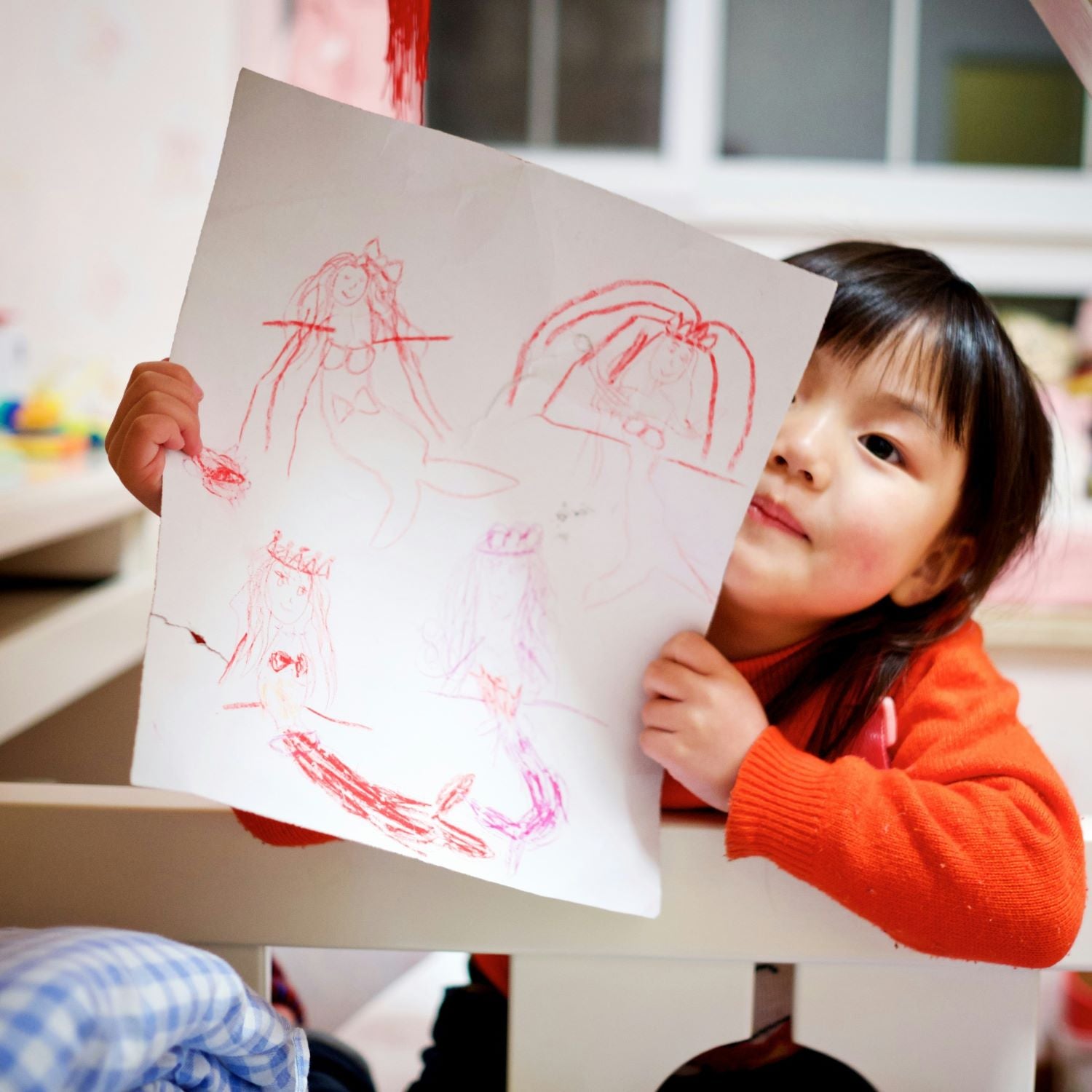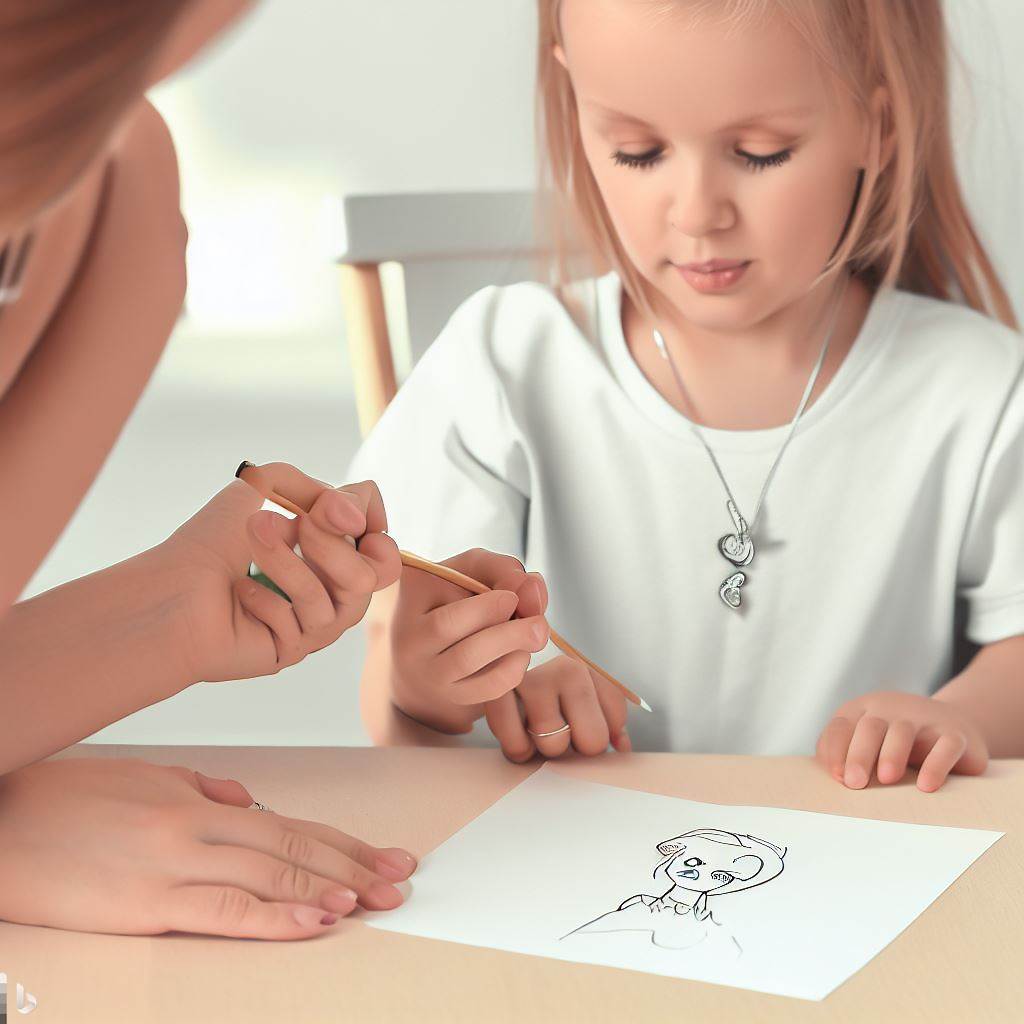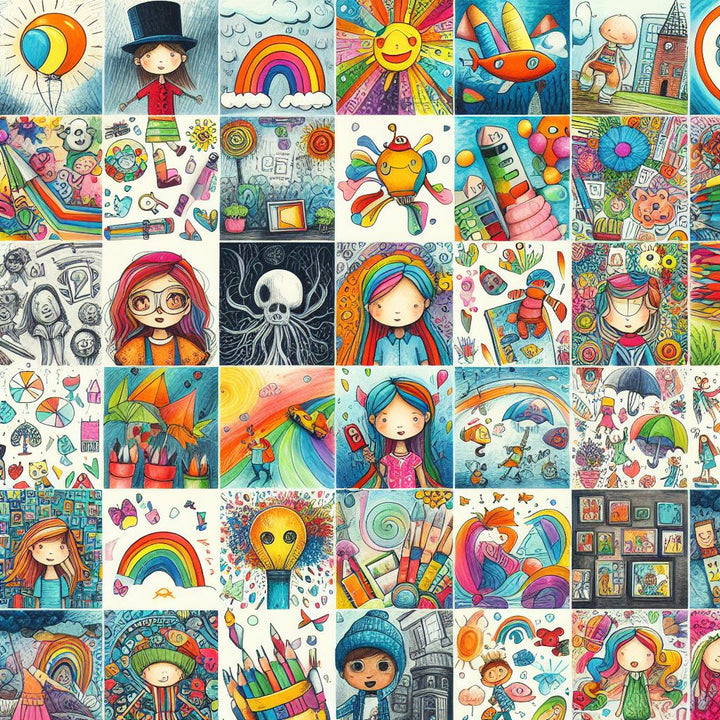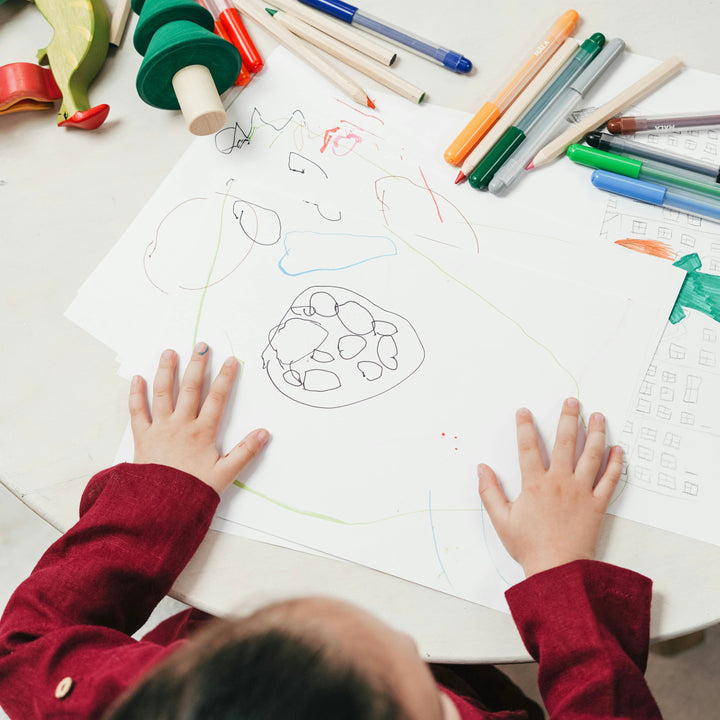Drawing is not just a form of artistic expression; it's a fundamental skill that fosters creativity, imagination, and cognitive development in children. By nurturing their drawing abilities from an early age, parents and educators can empower children to communicate visually, explore their emotions, and develop essential fine motor skills.
In this comprehensive guide, we'll delve into the principles, techniques, and strategies for teaching children to draw, offering practical tips and insights to inspire their artistic journey.
Teaching Children to Draw
In this article, you will learn how to teach children to draw, in particular you will learn how to:
- Embrace creativity and playfulness
- Start with basic shapes
- Foster observation
- Provide instructions
- Encourage experimentation
- Provide feedback
- Foster a love for art
1. Embrace Creativity and Playfulness
Encourage children to approach drawing with a sense of creativity and playfulness. Provide them with a variety of art materials, such as crayons, markers, colored pencils, and paints, and allow them to experiment freely without fear of judgment or perfectionism. Emphasize the process of drawing rather than the final product, celebrating their unique artistic expressions and encouraging them to explore different styles and techniques.
2. Start with Basic Shapes and Lines
Begin by teaching children the building blocks of drawing, starting with basic shapes and lines. Introduce them to simple geometric shapes, such as circles, squares, triangles, and rectangles, and encourage them to practice drawing these shapes repeatedly. Use fun activities and games to reinforce shape recognition and spatial awareness, such as drawing games, shape sorting, and pattern recognition exercises.
3. Foster Observation and Visual Perception
Help children develop their observation skills and visual perception by encouraging them to closely observe their surroundings and translate what they see onto paper. Take nature walks, visit art galleries, or explore picture books together, prompting children to notice details, colors, and textures in their environment. Encourage them to express their observations through drawing, using descriptive language to describe their artwork and share their interpretations.
4. Provide Guided Instruction and Demonstration
Offer guided instruction and demonstration to help children learn specific drawing techniques and concepts. Break down complex subjects into manageable steps, demonstrating each step slowly and clearly while providing verbal instructions and encouragement. Use visual aids, such as reference images or instructional videos, to illustrate key concepts and inspire children's creativity.
5. Encourage Experimentation and Risk-Taking
Create a supportive environment where children feel comfortable experimenting with new techniques and taking artistic risks. Encourage them to try different drawing materials, tools, and surfaces, such as textured paper, pastels, or charcoal, and explore a variety of artistic styles and genres. Celebrate their willingness to take creative risks and encourage them to learn from both successes and failures.
6. Provide Constructive Feedback and Encouragement
Offer constructive feedback and encouragement to help children develop their drawing skills and build confidence in their abilities. Focus on positive reinforcement, acknowledging their efforts and progress while offering specific praise and guidance for improvement. Encourage them to reflect on their artwork and discuss what they like about it and areas where they can continue to grow and develop.
7. Foster a Love of Art and Creativity
Above all, foster a love of art and creativity in children by exposing them to a wide range of artistic experiences and opportunities. Take them to museums, art classes, and cultural events to inspire their imagination and broaden their artistic horizons. Encourage them to explore their interests and passions through drawing, supporting their creative endeavors and celebrating their artistic achievements.
Conclusion
Teaching children to draw is not just about developing technical skills; it's about fostering creativity, self-expression, and a lifelong love of art. By embracing creativity and playfulness, starting with basic shapes and lines, fostering observation and visual perception, providing guided instruction and demonstration, encouraging experimentation and risk-taking, offering constructive feedback and encouragement, and fostering a love of art and creativity, parents and educators can empower children to unleash their artistic potential and express themselves confidently through drawing. With patience, encouragement, and support, every child can become a budding artist with the power to create and inspire.






